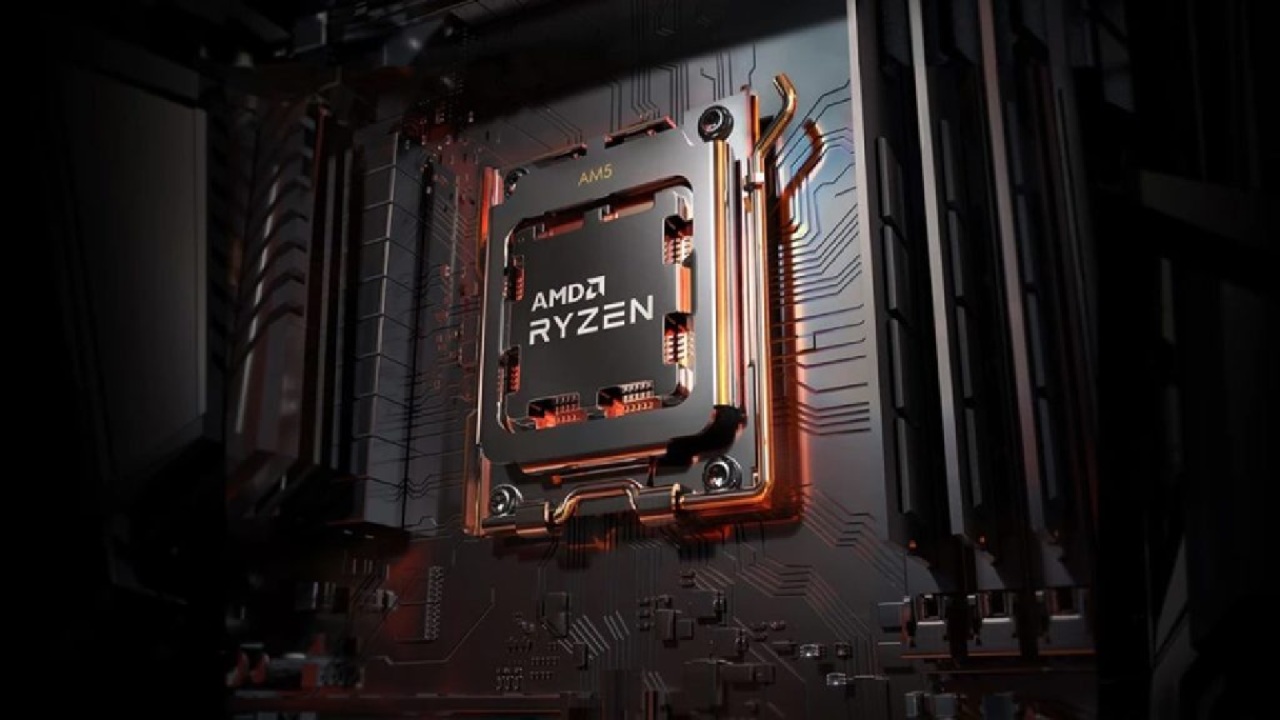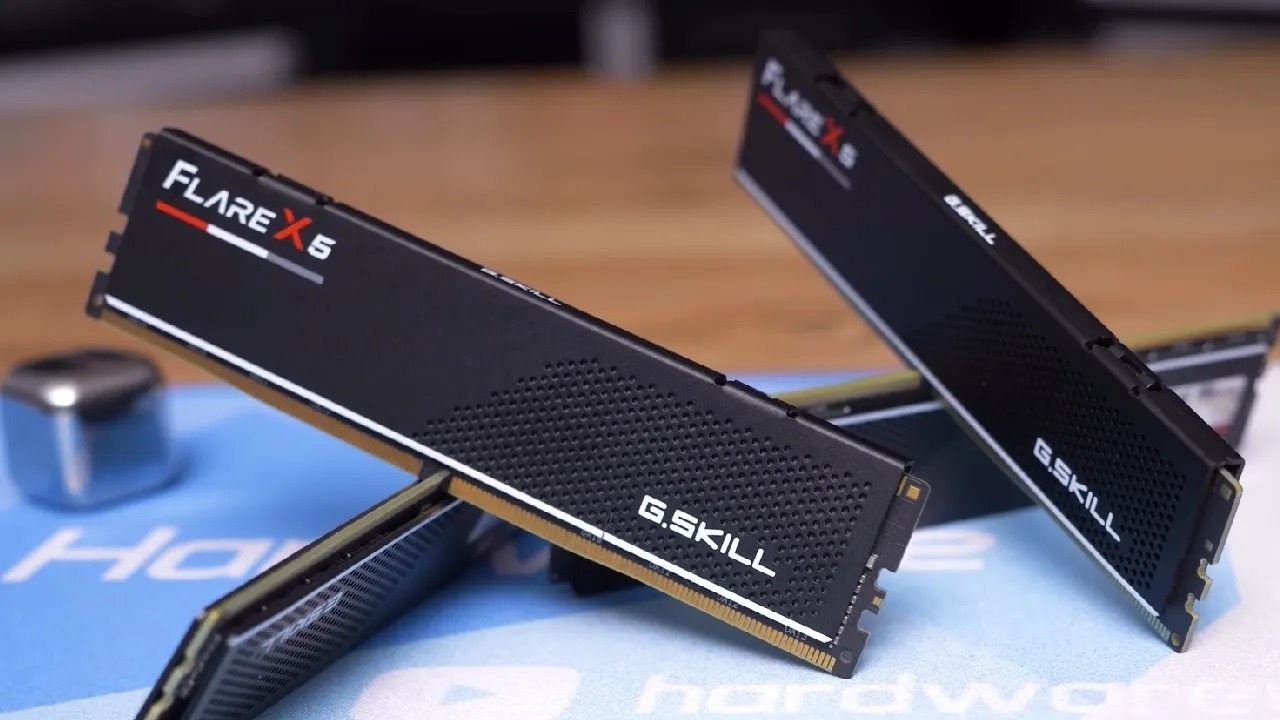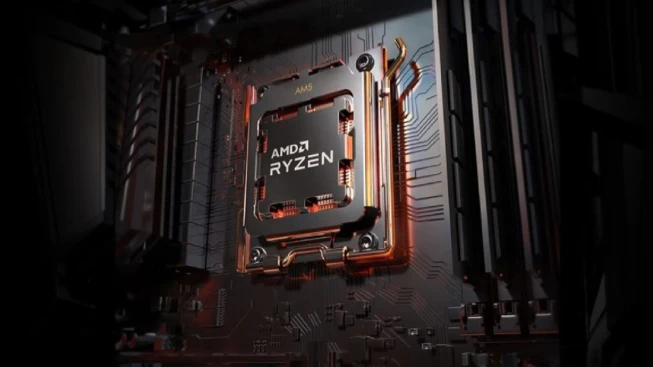A frequent topic among PC builders revolves around whether installing four RAM sticks offers any advantage over two. This discussion gains complexity with AMD’s Zen4 architecture and its DDR5 memory support.
Earlier CPU generations, including Zen 2 and Zen 3, demonstrated measurable gaming improvements when using dual-rank DDR4 configurations. However, DDR5 technology has altered these dynamics substantially.

Memory Rank Dynamics and Hardware Evolution
DDR4 systems occasionally benefited from extra memory ranks due to improved bank interleaving, which enhanced data throughput during demanding tasks. Benchmarks from previous AMD architectures showed occasional performance jumps when using dual-rank modules.
This historical context led to questions about DDR5 configurations. Given DDR5’s structural changes, does increasing memory ranks still matter?
Architectural Shifts in DDR5 Technology
Modern DDR5 modules feature fundamental design differences. Each single-rank 16GB DDR5 stick contains 32 banks across eight groups – double the bank groups of comparable DDR4 modules. This inherent parallelism reduces the incremental benefits of additional ranks.
Test results using G.Skill DDR5-6000 CL28 kits revealed negligible performance variation between single-rank (32GB) and dual-rank (64GB) configurations across gaming and productivity benchmarks. Minimal differences observed in specific scenarios averaged under 2% – insignificant for practical applications.




System Optimization Recommendations
DDR5’s architecture minimizes the performance gap between configurations. Four-module setups primarily benefit users requiring 64GB+ capacity rather than seeking speed improvements. For most gaming systems, dual-channel configurations with quality 6000MT/s modules deliver optimal stability and performance.
Memory controller strain becomes relevant when populating all DIMM slots. Dual-module setups generally maintain higher clock speeds more reliably, especially when using premium RAM kits with aggressive timings.




Key Takeaways for System Builders
While DDR4 configurations benefited from multiple ranks, DDR5’s inherent architecture diminishes these advantages. For Zen4 platforms:
- Prioritize capacity needs over rank quantity
- Optimize for stable high-frequency operation
- Focus on quality DIMMs rather than maximum slot utilization
The memory controller’s ability to sustain target speeds often proves more valuable than theoretical rank benefits when configuring modern AMD systems.

